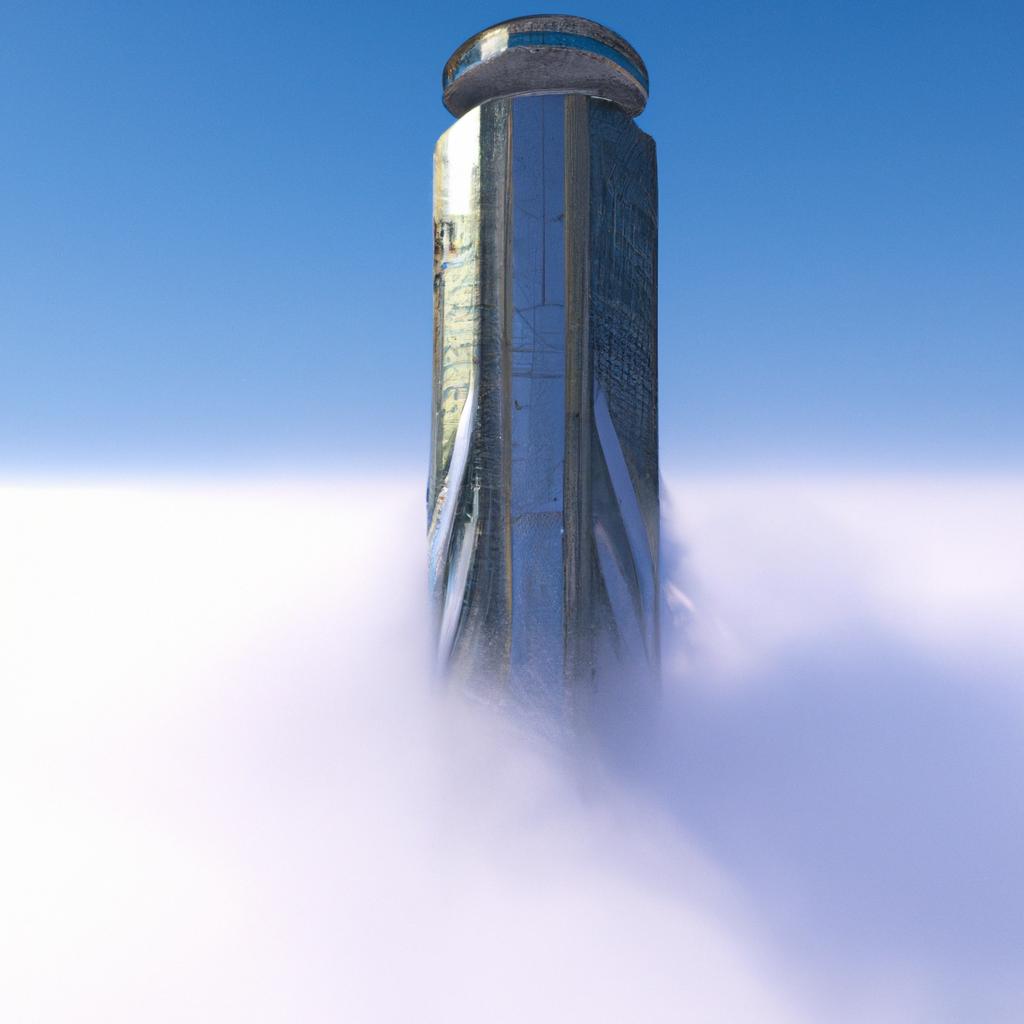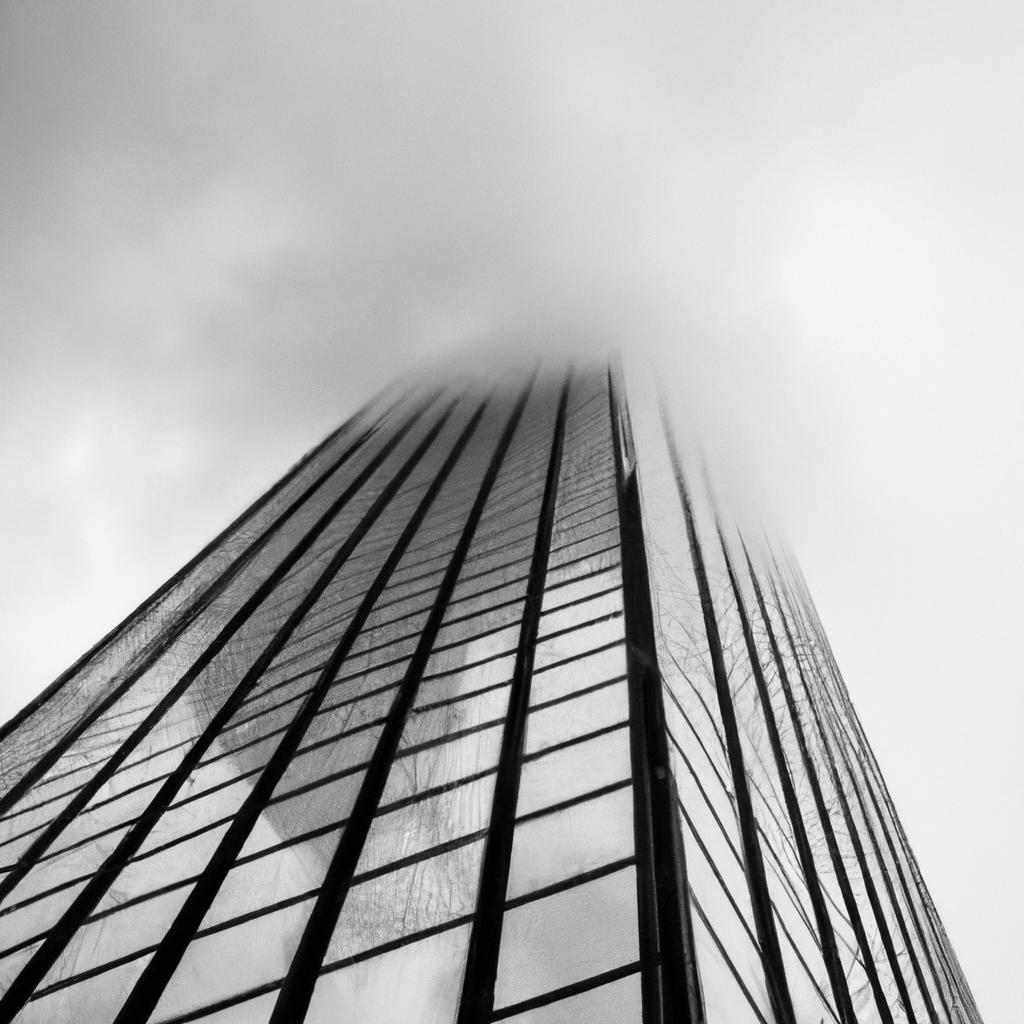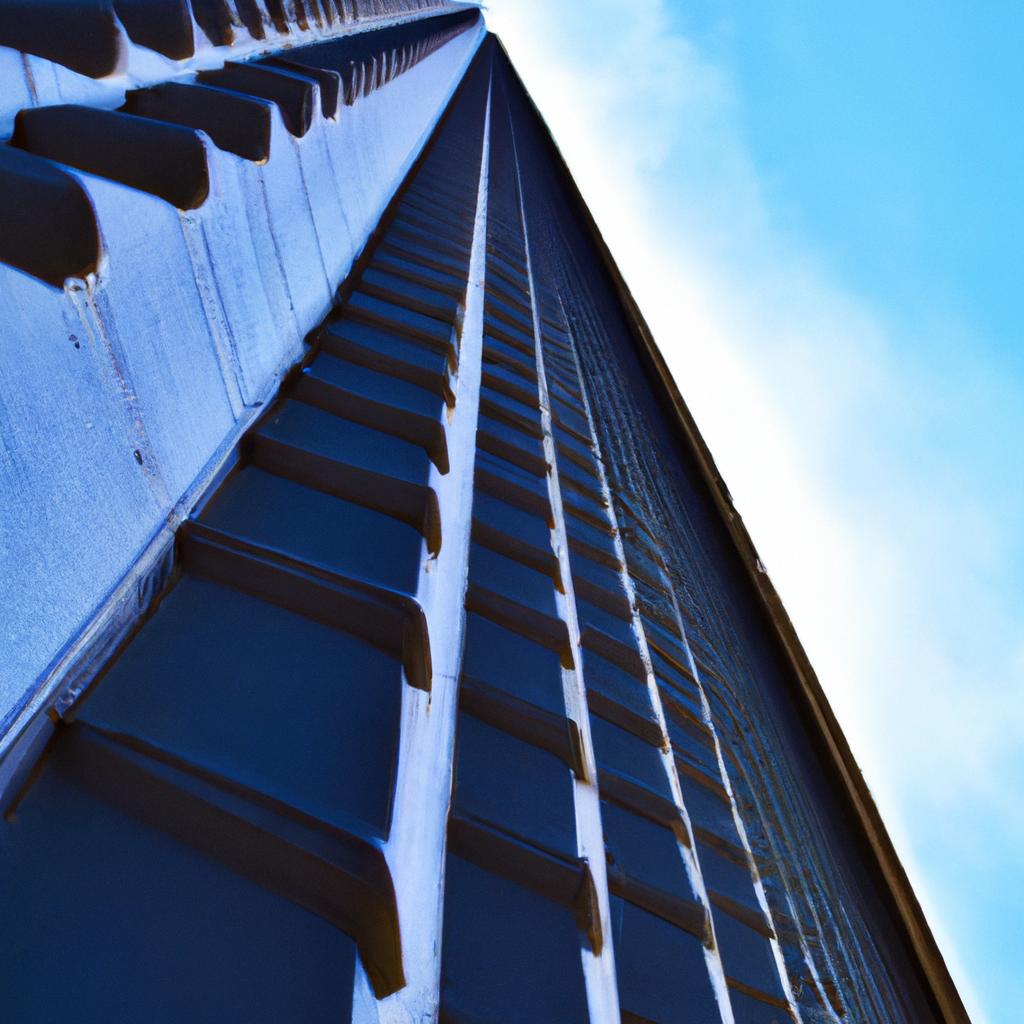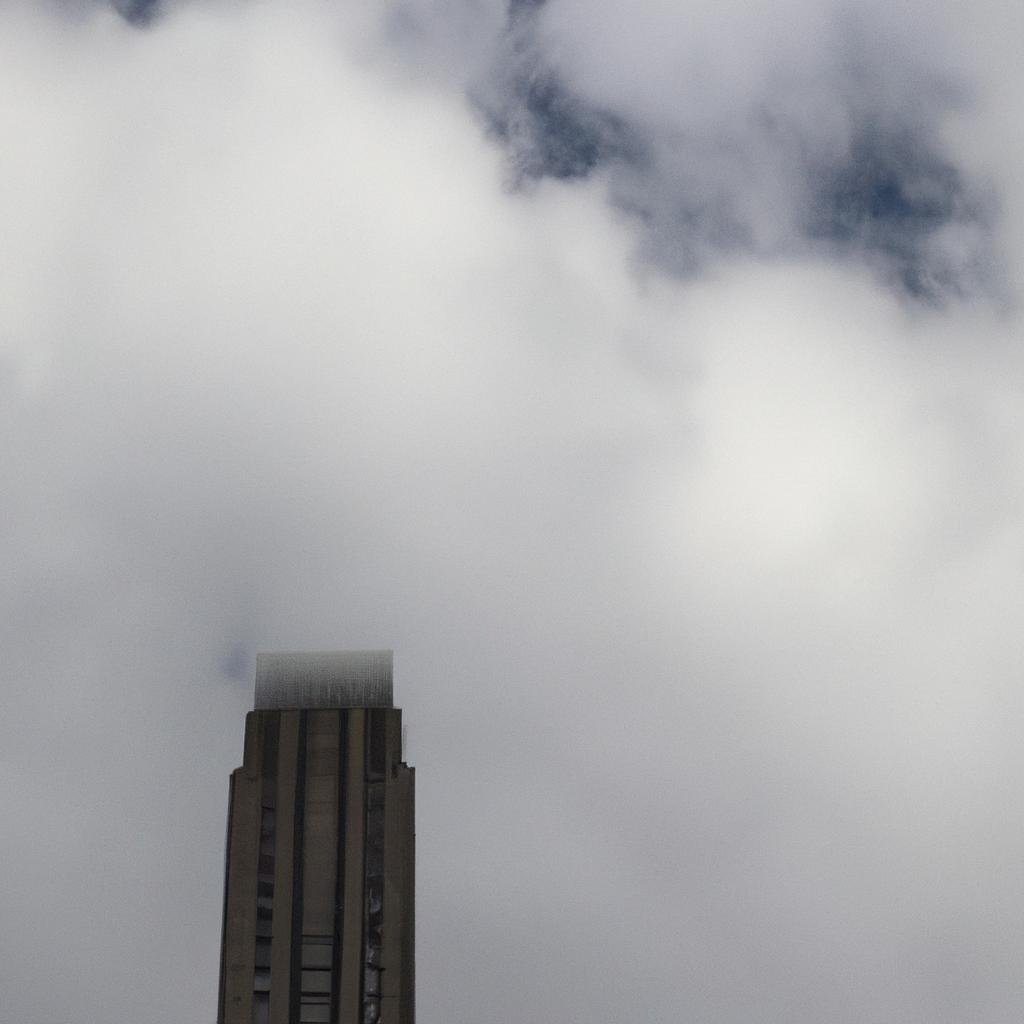As urban landscapes continue to evolve, the towering structures that grace our city skylines leave us in awe of their ingenuity and engineering wonders. Skyscrapers, these monumental buildings, have become iconic symbols of modern architecture, shaping the growth and development of our urban centers.
At their core, skyscrapers are structures that rise above their surroundings, piercing the sky and dominating the landscape. They not only meet the growing demands of our population by providing commercial, residential, and office space, but they also represent our human aspirations and ingenuity.
In this article, we will delve into the world of skyscrapers, exploring their history, benefits, design, and the future they hold for our cities. Get ready to soar above the clouds with me as we explore the heights of modern architecture.
The Evolution of Skyscrapers

Historical Development of Skyscrapers
Skyscrapers first emerged in the late 19th century when rapidly growing cities faced soaring land prices. Architects and engineers began experimenting with new materials and techniques to build taller structures. The Home Insurance Building in Chicago, completed in 1885, is widely regarded as the first skyscraper. Standing at 10 stories, it was made possible by the invention of the steel frame and elevator technology, paving the way for modern skyscrapers.
After the success of the Home Insurance Building, cities around the world embraced the trend of constructing their own skyscrapers. New York City became the epicenter of this movement, giving rise to iconic structures like the Woolworth Building, Chrysler Building, and Empire State Building. These architectural marvels still stand today as symbols of American ingenuity and power.
Early Challenges and Innovations in Skyscraper Design
As architects and engineers pushed the boundaries of what was possible with skyscrapers, they faced challenges such as wind sway and elevator systems. Innovations like diagonal bracing and tuned mass dampers were introduced to stabilize buildings and counteract wind sway. The development of electric motors and the Otis elevator system solved the challenge of efficient vertical transportation.
In conclusion, the evolution of skyscrapers has been a remarkable journey filled with innovation and ingenuity. Architects and engineers continue to push the boundaries of what is possible, and the future of skyscrapers looks bright as we explore new materials and construction techniques.
The Benefits of Skyscrapers

As cities grow, skyscrapers serve as integral parts of the urban landscape. Far from being mere luxuries, these towering structures offer several benefits that make them valuable investments. Let’s examine some of the advantages of skyscrapers.
Economic Advantages of Skyscrapers
Skyscrapers have a significant economic impact. They provide commercial and office spaces, supporting local businesses and creating job opportunities. During construction and after completion, skyscrapers drive economic growth and contribute to the overall prosperity of the area.
Additionally, skyscrapers attract investment and tourism, becoming landmarks and symbols of a city’s progress. They also increase property values in the surrounding area, making them valuable assets for property owners and investors.
Environmental Benefits of Vertical Cities
Skyscrapers also offer environmental advantages, particularly in the form of vertical cities. By building up instead of out, urban sprawl, traffic congestion, pollution, and habitat destruction can be reduced. Vertical cities contribute to the conservation of natural resources by utilizing less land for development and incorporating energy-efficient designs and technologies.
Moreover, vertical cities provide accessible public transportation, amenities, and green spaces, enhancing the quality of life for residents. They foster community engagement and social interaction, fostering a sense of belonging.
In conclusion, skyscrapers offer numerous benefits, making them worthwhile investments. From economic growth to environmental sustainability, these buildings showcase our ingenuity and our commitment to creating a better world.
The Design and Architecture of Skyscrapers

When it comes to designing and constructing skyscrapers, multiple factors come into play. From structural integrity to aesthetics, every aspect must be carefully planned and executed for success. Let’s explore some key elements of skyscraper design.
Structural Stability
Ensuring the structural stability of skyscrapers is of utmost importance. These tall structures must withstand strong winds, earthquakes, and other natural disasters. Reinforced steel, concrete, and innovative engineering techniques are used to distribute the weight evenly across the structure, maintaining stability.
Aesthetics
While functionality is crucial, aesthetics also play a significant role in skyscraper design. Skyscrapers are often designed to be visually striking and iconic, serving as landmarks for cities. Architects strike a balance between form and function, creating buildings that are both beautiful and practical.
Environmental Considerations
In recent years, there has been a growing focus on the environmental impact of skyscrapers. Architects and builders now integrate sustainable design principles, such as renewable energy sources and green spaces, into their projects.
The Role of Technology
Technological advancements have revolutionized skyscraper design and construction. Computer-aided design software enables the creation of complex building designs, while robotics and automation enhance construction speed and efficiency. Building Information Modeling (BIM) facilitates effective collaboration between architects and builders, leading to better-designed buildings.
In conclusion, the design and architecture of skyscrapers are complex and multifaceted. Every aspect, from structural stability to aesthetics, environmental considerations, and technological integration, must be meticulously considered and executed to create successful buildings that withstand the test of time.
The Future of Skyscrapers

As cities expand, skyscrapers are becoming an essential requirement in modern urban planning. However, as we look to the future, several emerging trends are shaping the way we design and build these towering structures.
Emerging Trends in Skyscraper Design
Sustainability and energy efficiency are at the forefront of skyscraper design. Architects and engineers strive to reduce carbon footprints and enhance energy efficiency through solar panels, green roofs, and advanced ventilation systems.
Another emerging trend is the integration of smart technology to improve safety and efficiency. Smart buildings equipped with sensors and automation technologies offer enhanced comfort, reduced energy consumption, and adaptability to changing user needs.
Challenges and Opportunities in Building Skyscrapers
The future of skyscrapers poses challenges such as high construction costs and environmental impacts. However, with technological advancements and innovative construction methods, it’s possible to overcome these challenges. Skyscrapers must be carefully planned to minimize strain on existing infrastructure and ensure sustainable growth.
In conclusion, the future of skyscrapers is bright. Emerging trends in design and construction, alongside a focus on sustainability and technological innovation, promise safer, more efficient, and environmentally friendly skyscrapers. As modern architecture continues to evolve, skyscrapers will remain a testament to our ingenuity and our ambition to reach great heights.
Conclusion
In conclusion, skyscrapers in the clouds are integral to the growth and development of our cities. They embody our human aspirations and ingenuity. Skyscrapers offer significant economic benefits, enhance environmental sustainability, and showcase remarkable design and architecture. As we look to the future, skyscrapers will continue playing a vital role in shaping our urban centers. With sustainability as a focus and technological advancements driving innovation, the skyscrapers of tomorrow will be safer, more efficient, and more environmentally friendly than ever before.
Citations and relevant hyperlinks:



